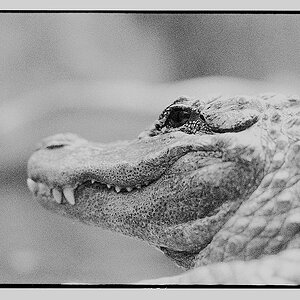Hi-
I am actually an amateur meteorologist, so I use a camera to help take pictures of clouds and other stuff (haze, mist, sky conditions)..but in the process, I have simulatenously taken in interest in general landscape photography. I have bought a book on it, and read up on it in some other at the bookstore. I am having difficulty understanding, film aperture, ISO speed, lens diameter etc...not so much in their definitions but what combo. to use to get best results. I would be taking photos under a variaty of conditions. I live about 1/4 mile south of the San Francisco city limit, and a state park San Bruno Mountain begins just behind me across the street (the "front" of my house points directly into SF with a very good view). I'm at a moderately high elevation at my house, but a 10-15 walk into the park gives me an extra 100-150 foot altitude boost to 800-850 feet above sea level, without obstruction from trees or rooftops. According to books I've browsed/read through the best time for photos in around sunset/sunrise. The day before yesterday, (it's 2:30 AM Jan 25 so this was in the afternoon of the 23rd, sky was absolutely the clearest I've seen (maybe once a year cycle). Visibility was 30+ miles. There are several areas I'd be shooting for. One is downtown SF (sea level to 100 ft altitude) distance about 6 miles(10 km), the other twin peaks/mt davidson distance about (3-4 miles about 5-6km) depending where I'm taking the photo both of which are approx. 100 ft (33 m) higher than where I take the shots, another is mt. tamalpais distance approx 18 miles/29 km at 2,600 foot elevation (800+ meters), mt diablo 3,800 ft (1000+ meters) at 31 miles/50 km. So these are landscape long distance shots. At my disposal, I have an old olympus film camera w/ 34mm lens (not 35), autofocus, DX???, f/4 aperture, 1/125 shutter speed. I'm probably going to upgrade (I've seen film SLR's for around $200), but I am stuck with this for now. Any advice on film ISO to use, what time of day to shoot. Weather has to factored in...the winter in SF is either very clear (temp. around 55 afternoon, 40-45 morning), or rainy (temp 55-60 afternoon around 50 morning/dusk). Clear days bring low humidities (I recorded 20-25% relative humidity at 55 degrees....at that temp., it's probably as dry as summer in Las Vegas which is good because higher humidity makes the sky murkier. Lighting is OK we're at 37.5-38 N around the same lat. as southern kansas, missouri, middle kentucky, and Richmond Virgina sunrise about 7:20 am sunset around 5:25PM. In rain, visibility will drop to 1-3 miles (usually light-to-moderate rain..none of that midwest T-storms or hurricanes in the south east.. but SF's renowned fog is extremely common (probability 40-60% of days) in July and August, 2000 feet thick, reducing visibility to around 175-300 feet commonly where I live....about the same as London's "pea-soup" thick fog. Given this info, distances/visibility and camera info, what should I do? Everything is fixed on this camera so all I can do is change position, pick time of day for shot, and pick ISO film. I appreciate any help!
Thank You
I am actually an amateur meteorologist, so I use a camera to help take pictures of clouds and other stuff (haze, mist, sky conditions)..but in the process, I have simulatenously taken in interest in general landscape photography. I have bought a book on it, and read up on it in some other at the bookstore. I am having difficulty understanding, film aperture, ISO speed, lens diameter etc...not so much in their definitions but what combo. to use to get best results. I would be taking photos under a variaty of conditions. I live about 1/4 mile south of the San Francisco city limit, and a state park San Bruno Mountain begins just behind me across the street (the "front" of my house points directly into SF with a very good view). I'm at a moderately high elevation at my house, but a 10-15 walk into the park gives me an extra 100-150 foot altitude boost to 800-850 feet above sea level, without obstruction from trees or rooftops. According to books I've browsed/read through the best time for photos in around sunset/sunrise. The day before yesterday, (it's 2:30 AM Jan 25 so this was in the afternoon of the 23rd, sky was absolutely the clearest I've seen (maybe once a year cycle). Visibility was 30+ miles. There are several areas I'd be shooting for. One is downtown SF (sea level to 100 ft altitude) distance about 6 miles(10 km), the other twin peaks/mt davidson distance about (3-4 miles about 5-6km) depending where I'm taking the photo both of which are approx. 100 ft (33 m) higher than where I take the shots, another is mt. tamalpais distance approx 18 miles/29 km at 2,600 foot elevation (800+ meters), mt diablo 3,800 ft (1000+ meters) at 31 miles/50 km. So these are landscape long distance shots. At my disposal, I have an old olympus film camera w/ 34mm lens (not 35), autofocus, DX???, f/4 aperture, 1/125 shutter speed. I'm probably going to upgrade (I've seen film SLR's for around $200), but I am stuck with this for now. Any advice on film ISO to use, what time of day to shoot. Weather has to factored in...the winter in SF is either very clear (temp. around 55 afternoon, 40-45 morning), or rainy (temp 55-60 afternoon around 50 morning/dusk). Clear days bring low humidities (I recorded 20-25% relative humidity at 55 degrees....at that temp., it's probably as dry as summer in Las Vegas which is good because higher humidity makes the sky murkier. Lighting is OK we're at 37.5-38 N around the same lat. as southern kansas, missouri, middle kentucky, and Richmond Virgina sunrise about 7:20 am sunset around 5:25PM. In rain, visibility will drop to 1-3 miles (usually light-to-moderate rain..none of that midwest T-storms or hurricanes in the south east.. but SF's renowned fog is extremely common (probability 40-60% of days) in July and August, 2000 feet thick, reducing visibility to around 175-300 feet commonly where I live....about the same as London's "pea-soup" thick fog. Given this info, distances/visibility and camera info, what should I do? Everything is fixed on this camera so all I can do is change position, pick time of day for shot, and pick ISO film. I appreciate any help!
Thank You


![[No title]](/data/xfmg/thumbnail/42/42456-a5a32b76e115de404d99d09173cd71f2.jpg?1619740191)
![[No title]](/data/xfmg/thumbnail/35/35263-86f580cf5d28d23109a45984030a79ad.jpg?1619736968)
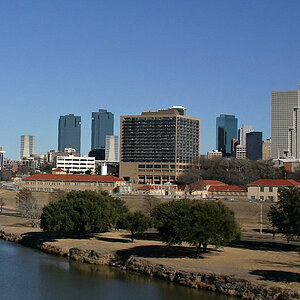
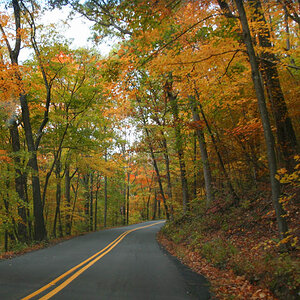
![[No title]](/data/xfmg/thumbnail/38/38726-c2f92932ae847f22fd6548bf87263976.jpg?1619738702)
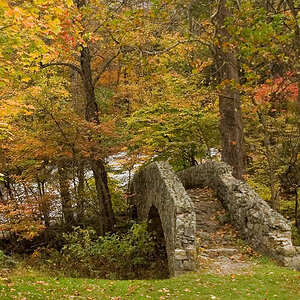
![[No title]](/data/xfmg/thumbnail/38/38727-8e7c94a88000531231f3040ce330aced.jpg?1619738702)
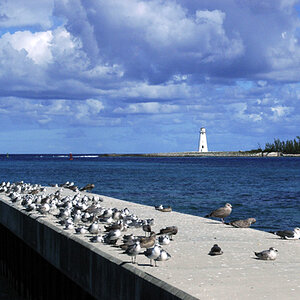
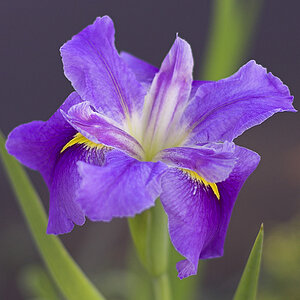
![[No title]](/data/xfmg/thumbnail/36/36302-6ee4929dfdf80290ffd73704693e860f.jpg?1619737496)
![[No title]](/data/xfmg/thumbnail/42/42460-80970c44cc9fb42dd0c86d08e7bc401d.jpg?1619740191)
